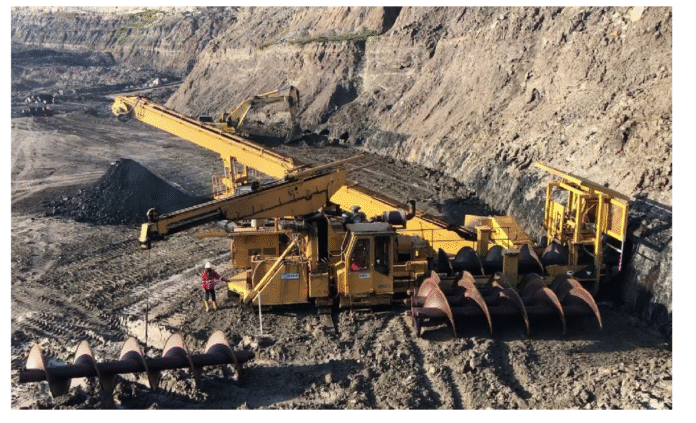
August 1, 2025
RED FM News Desk
A new study by current and former Alberta government scientists suggests provincial regulations meant to prevent pollution from old coal mines are falling short, with serious consequences for aquatic life.
The peer-reviewed research, conducted by three Alberta government scientists and a former environmental monitoring lead now working as a consultant, examined rivers near three decommissioned coal mines south of Hinton, not far from Jasper National Park. The mines were closed in the early 2000s.
The study found some improvements in water quality since mining operations ended. However, it also revealed dangerous levels of contaminants—such as nickel and selenium—downstream from the sites, far exceeding safe environmental thresholds.
In some areas, nickel concentrations were found to be 200 times higher downstream than upstream. In the McLeod River Basin, selenium and other ions were identified as an ongoing risk, even in areas where mine sites have been largely reclaimed.
The study’s authors note that current reclamation and regulatory practices are not meeting their intended environmental goals.
“These results suggest current reclamation practices and regulatory requirements for water quality and aquatic ecosystems are not meeting the desired objectives,” the report states.
At six monitoring sites, 98 to 100 per cent of water samples exceeded Alberta’s own selenium limits designed to protect aquatic life—raising concerns about the long-term health of these ecosystems.
One of the authors called the findings a clear sign of “regulatory inaction,” urging stronger enforcement and improved environmental standards.







